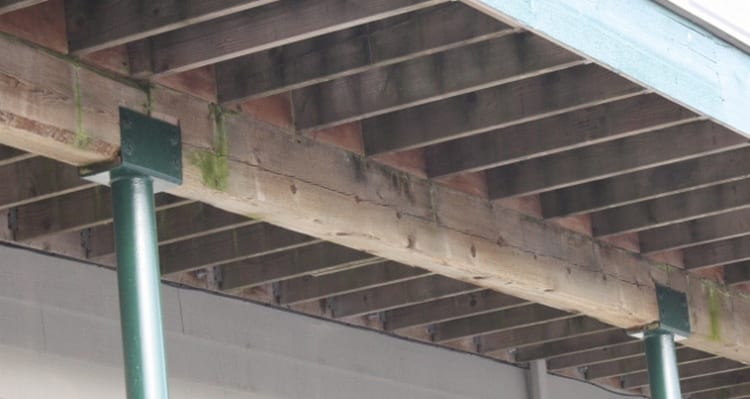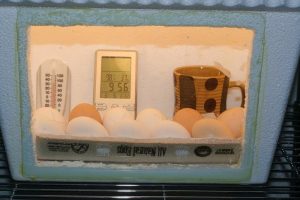Last Updated on March 19, 2017 by teamobn

In the previous post we discussed deck site preparation. Hopefully you’re ready to move forward?
Now that your deck site is ready you can begin the construction. The first thing you need to do is establish your footings. These form the support structure of the deck. Regardless of how tight your budget may be, this is not the pace to cut corners. What you do here will determine the longevity and long term visual appeal of your deck.
Footings options
Whilst they may differ in terms of design – some are made for reactive soil, others to resist corrosion, others still to support elevated decks – all footings share an identical purpose and that is to give stability and durability to the deck.
To help you choose the right footings, we’ve listed some of the most common deck footings design.
Concrete- embedded posts
This type of deck footing starts with a hole. The hole is partially filled with concrete. After the concrete dries, a footing post is fixed on top. The hole is then completely filled with concrete to stabilise and straighten the post.
Concrete embedded posts are quite easy to install but there are a few things you should keep in mind. You should use in-ground rated timber as it resists rotting. You should also use a coarse aggregate as it will ensure good drainage.
Stirrup posts
One of the problems with concrete embedded posts is that you can’t adequately monitor damage within the footing. If this is a concern then we’d recommend stirrup posts. Stirrup posts are made from metal tubing and feature a horseshoe-like stirrup to which the wooden posts are bolted. The design allows you to easily check posts for damage and give you easy access for repairs.
Brick piers
There are areas – for example, very high rainfall regions, in which termite attacks and rotting are all but inevitable. In these conditions even treated timber is not an ideal building material. Instead of timber you can use bricks footings, as they are both termite and rot proof. Bricks are also ideal for reactive soil.
High windage footings
Elevated decks require a special kind of high windage footing. High windage footings are made from concrete filled steel. As a result they are very sturdy and resistant to corrosion caused by leaks.
Screw piles
These are also known as ‘screw footings’ and ‘ground screws’.

Screw piles are an increasingly popular and effective foundation option. Although relatively new, they have proved themselves in many installations including heavy industrial type buildings. They are typically much faster and cheaper to install than traditional footings.
Each screw pile is composed of a steel pipe shaft with a 45° cut at the bottom and two or more formed helical plates welded outside. If you consider the holding power of a screw versus a nail, you’ll quickly grasp the advantages. The “thread” or helix on the screw pile allows it to be turned into the ground with speed and accuracy and the helix also dramatically increases bearing capacity and pull-out resistance making screw piles ideal for projects such as decks.
Deck Joists
After the footings and posts are installed and the bearers held in place, it’s time to install the joists. The joists support the bearers on to which your decking is nailed. These components are not as formidable as the posts but still play an important role in strengthening and maintaining the orientation of the deck.
The strength of a joist is determined by the material from which it is made and the size of the joist. Standard sizes range from 150×50 up to 300×75 (6×2 to 12×3). The longer the joist span the larger joist size required to prevent warp, twist and sagging.
The space between each joist affects the overall strength of the structure. If you want your decks to support a great amount of load then you need to use a narrow joist spacing.
The stability, durability, and strength of your deck depends on the footings and joists. Get your footings and joists right and you’ll have a stable and solid deck to enjoy for decades to come.
In the next post we cover your Bearers, Decking, Posts and Balustrades. Don’t miss it!
See you next time fellow Owner-Builders and DIYers!








